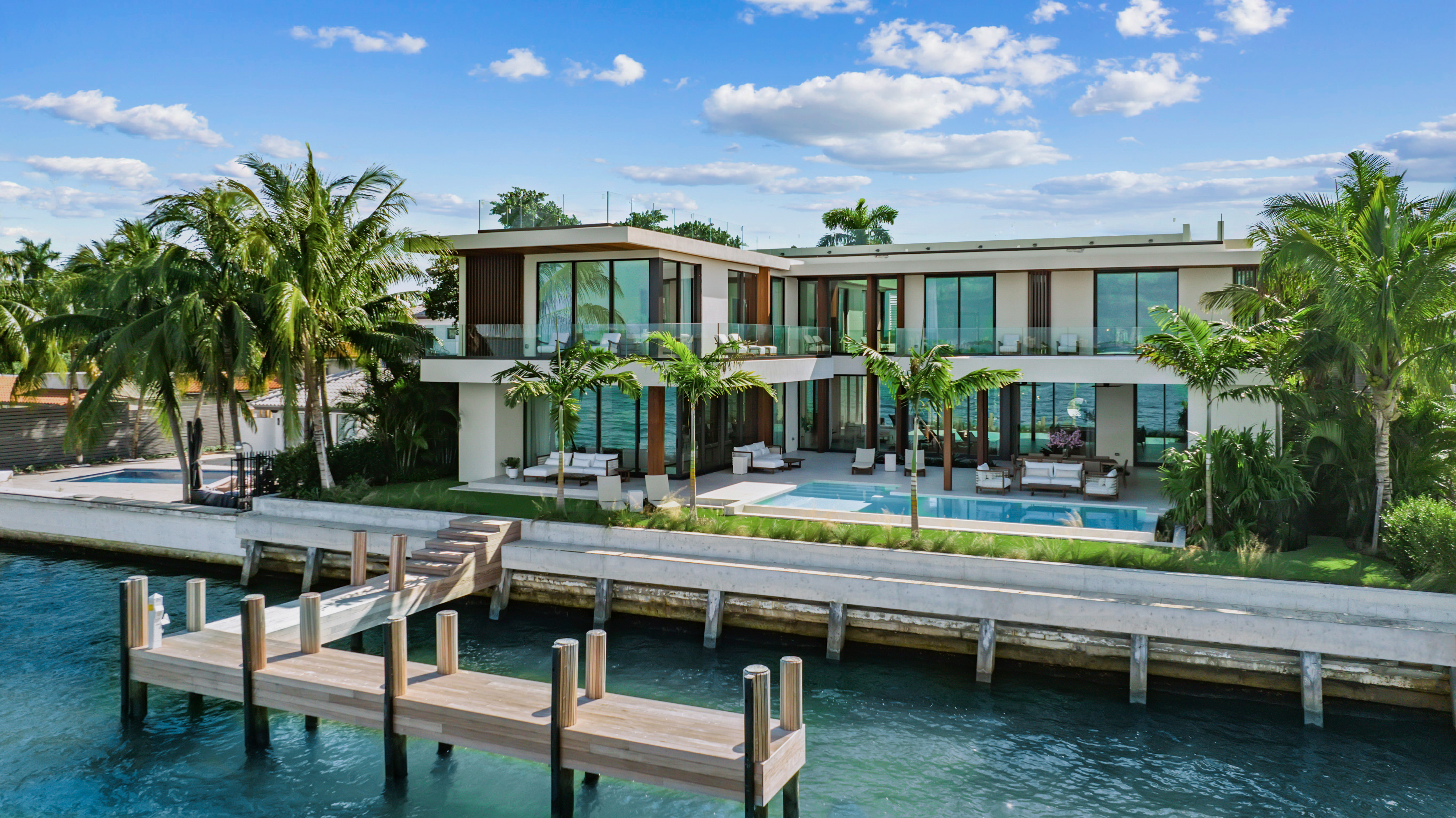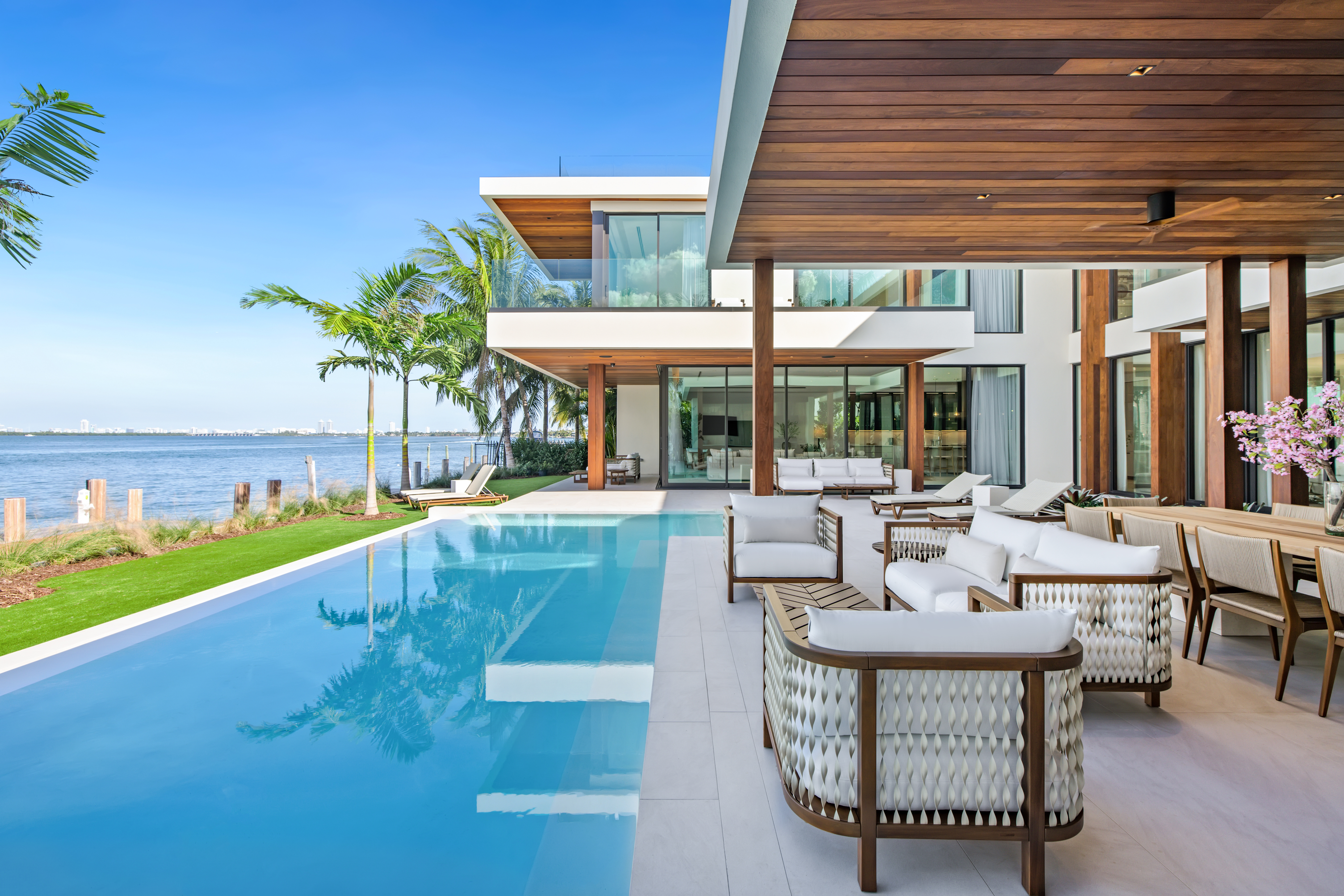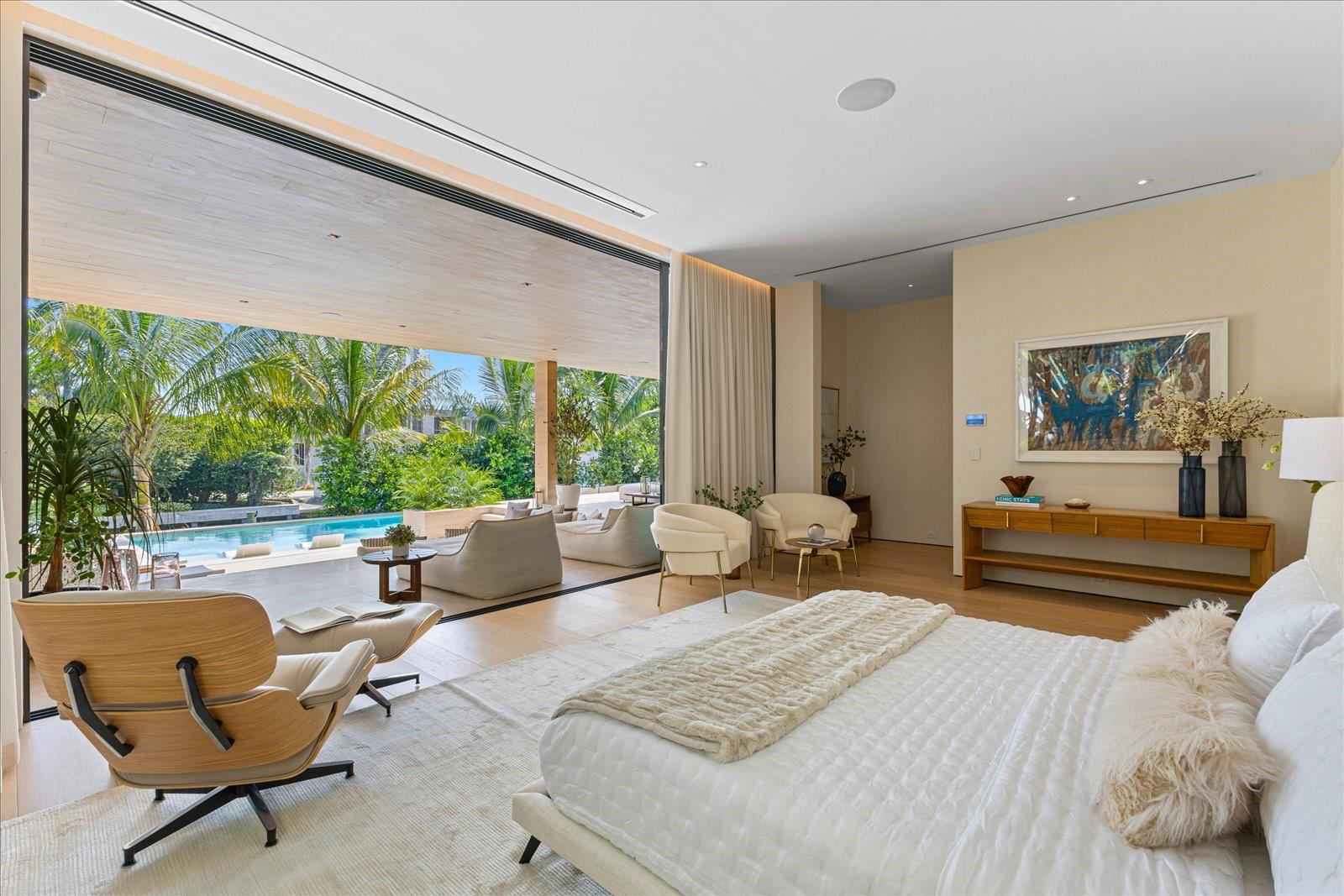Miami has long been a global beacon for sun-soaked luxury, but today its real estate market is undergoing a transformation that’s redefining how the world views the Magic City. At the forefront of this evolution is Kristi Bachan, President of Inhabit Luxury, who represents some of Miami’s most coveted addresses, including iconic estates on the Venetian Islands and the distinctive Pretani1 portfolio.
In this exclusive Q&A, Bachan shares her perspective on what’s driving demand in Miami’s ultra-prime market, the lifestyle features today’s discerning buyers won’t compromise on, and how technology and culture are shaping the city’s next chapter as a true international hub for luxury living.

1. You represent some of Miami’s most exclusive listings, including stunning estates on the Venetian Islands. What’s attracting buyers to this enclave right now?
The Venetian Islands offer the best of both worlds, a peaceful waterfront lifestyle with immediate access to world-class dining, shopping, and nightlife in Sunset Harbour, South Beach, and Downtown. Buyers right now are attracted to the new, elevated construction homes, wide bay views, and walkability. There’s also a strong sense of history and prestige, which adds to the allure for clients looking for more than just a home, but a legacy property.
2. Miami’s luxury market continues to evolve. What are the biggest trends you’re seeing in terms of demand and pricing for waterfront homes versus high-rise condos?
Waterfront estates are commanding premiums because land, privacy, and direct waterfront access are irreplaceable. Condos remain highly desirable for buyers seeking turnkey living with luxury amenities and global branding. What’s interesting is that even in condos, we’re seeing buyers demand larger floorplans and private outdoor space, reflecting the same lifestyle priorities driving demand for waterfront homes. In terms of pricing, single-family waterfront homes have outpaced condos in appreciation, but both segments are thriving as Miami evolves into a true global luxury hub.
3. The Pretani1 portfolio, which includes properties owned by F1 legend Eddie Irvine, is one-of-a-kind. How does that international connection influence interest from global buyers in Miami?
Pretani1 is more than a collection of homes, it’s a lived-in luxury brand, a curated lifestyle shaped by a worldly owner who embodies it. Each residence reflects laid-back luxury, with warm, inviting spaces that feel effortless yet refined. This international perspective resonates with global buyers who view Miami as a natural extension of their lifestyle. It’s less about a transaction and more about aligning with a lifestyle brand that elevates Miami on the world stage.

4. Wellness is now a top priority for high-net-worth buyers. What amenities — private spas, fitness pavilions, cold plunges, meditation gardens — are considered “must-haves” in today’s market?
Wellness has shifted from being a luxury to an expectation. Today’s high-net-worth buyers want private gyms, cold plunges, saunas, and even soundproof rooms for yoga or sound meditation. These features aren’t just about indulgence, they reflect a holistic approach to living. Homes are now being designed as sanctuaries where health, privacy, and performance can thrive. With Miami’s climate and culture, buyers are prioritizing wellness spaces that blur the line between indoors and out, like gyms filled with natural light and views.
5. Technology and AI are transforming every industry. How do you see AI influencing luxury real estate, whether in how properties are marketed, designed, or even managed once purchased?
AI is already reshaping luxury real estate from predictive analytics to virtual staging. AI is making marketing more precise and impactful. On the design side, AI is helping architects model energy efficiency and flow before a home is even built. For buyers, smart AI-driven management systems like climate control, lighting, even security, makes owning a home seamless. The human connection will always matter most, but AI is enhancing the way we tell a property’s story and how clients experience it.
6. Miami has always been a lifestyle city. Beyond location, what cultural or design elements are today’s luxury clients demanding that set a property apart?
Today’s luxury clients are very discerning. They aren’t just buying square footage, they want homes that reflect both global sophistication and local culture. That means design elements like natural materials and true indoor-outdoor living, art integration, and European-inspired finishes. It’s about properties that reflect Miami’s global energy, from resort-style outdoor entertaining spaces to kitchens designed for international chefs. Lifestyle is the luxury here, and design has to tell that story.

7. Smart home integration is no longer optional. What cutting-edge features are your buyers gravitating toward, and how do they enhance both privacy and convenience?
Privacy and convenience are top of mind. Buyers want seamless integration across lighting, climate, and entertainment. More advanced features like biometric entry, AI-powered security systems, voice-activated controls, even wellness monitoring features are gaining traction. The goal is a system that anticipates needs while keeping data secure. For high-profile clients, knowing they can arrive at their home and lights, temperature, music are already customized to their preferences is the ultimate luxury.
8. Looking ahead, what excites you most about Miami’s luxury real estate over the next 12–24 months, and what advice would you give someone considering a significant investment in the Magic City?
What excites me most is how Miami continues to evolve beyond real estate. It’s about culture, tech, art, and global connectivity. From new waterfront developments and private aviation terminals, to major events like Formula 1 and the World Cup, Miami is firmly on the world stage. My advice to investors is simple: focus on unique properties that cannot be replicated such as true waterfront land, architecturally significant homes, and neighborhoods with limited inventory. Those assets will always hold value in a city that’s growing as fast as Miami.

